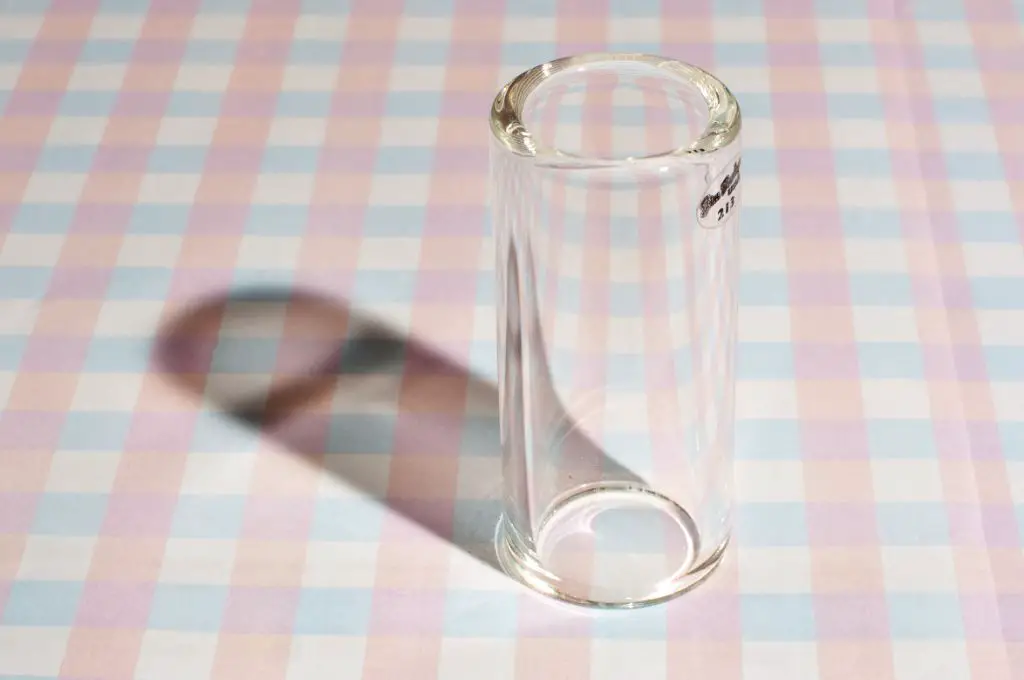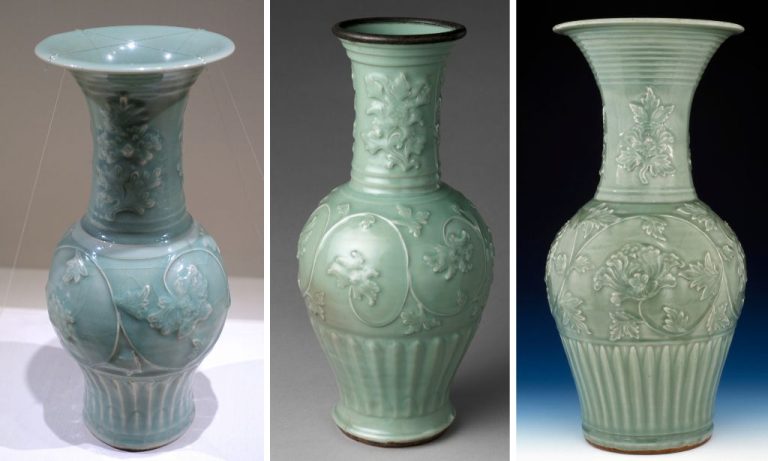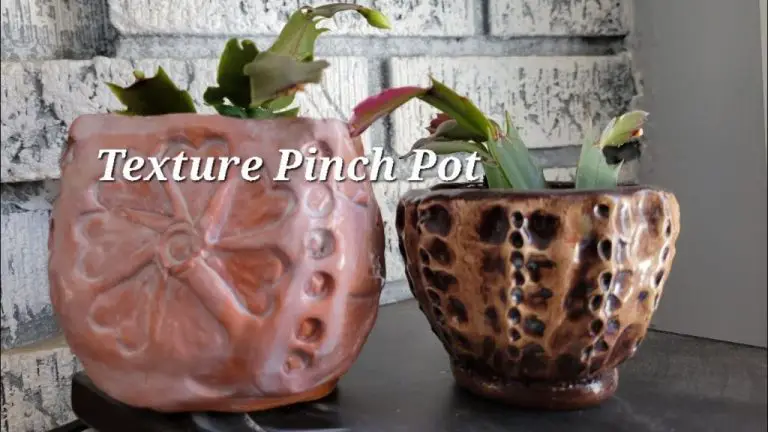Is Ceramic A Glass Or Plastic?
What is ceramic?
Ceramics are inorganic, non-metallic materials that are typically hard, strong, and heat resistant (Studysmarter). Ceramics are composed of metallic and non-metallic elements that are bonded together by ionic and covalent forces. The most common chemical elements in ceramic materials are oxygen, silicon, carbon, nitrogen, and aluminum (Mascera-Tec).
Some key properties of ceramic materials include (Studysmarter):
- High hardness and strength
- Resistance to heat, corrosion, and wear
- Low thermal and electrical conductivity
- Brittleness
Ceramics are used in a wide range of applications due to their unique properties. Some of the most common applications are in pottery, tiles, electronics, aerospace, automotive, and medical implants (Mascera-Tec).
Ceramic structure
Ceramics can have crystalline or non-crystalline structures. Crystalline ceramics have a regular, repeating atomic structure that forms a crystal lattice. Atoms are arranged in a pattern in three dimensions. Non-crystalline ceramics have a random, irregular atomic structure with no long-range order.
Bonding in crystalline ceramics occurs through ionic and covalent bonding between atoms. Ionic bonding involves electrostatic forces between positively charged cations and negatively charged anions, while covalent bonding involves electron sharing between atoms. In non-crystalline ceramics, bonding is primarily covalent and metallic. The type of bonding affects the material’s properties like hardness, strength, and thermal characteristics.
The atomic structure and bonding of a ceramic material determines important properties like strength, thermal expansion, and thermal conductivity. With knowledge of ceramic structure, materials can be engineered for specific applications. (Cite: https://link.springer.com/article/10.1007/s11148-013-9533-7)
Types of ceramics
Ceramics can be categorized into three main types based on their composition: oxide ceramics, non-oxide ceramics, and composite ceramics.
Oxide ceramics are composed mainly of metal oxides such as alumina (Al2O3) and zirconia (ZrO2). Alumina is known for its high strength and stiffness, while zirconia exhibits fracture toughness and strength. These materials find use in applications ranging from ballistic armor to medical implants.
Non-oxide ceramics contain little to no oxygen in their composition. Examples include silicon carbide (SiC) and silicon nitride (Si3N4). Their high hardness, strength, and thermal shock resistance make them suitable for applications like gas turbine engines and heat exchangers.
Composite ceramics contain a mixture of ceramic materials to optimize properties. An example is alumina toughened zirconia, which combines the high strength of alumina with the high fracture toughness of zirconia. Other composites like aluminum/silicon carbide have high stiffness, strength, and light weight.
Sources:
https://www.sentrotech.com/types-of-ceramic-materials/
https://www.thecrucible.org/guides/ceramics/types-materials-how-to-learn
Glass structure
Glass has an amorphous, non-crystalline structure. This means the atoms are not arranged in a regular, repeating 3D pattern like in crystalline solids. Instead, the atoms are randomly arranged, like the atoms in a liquid. Despite this disordered structure, glass is solid at room temperature because the atoms are bonded together.
The main type of bonding in glass is covalent bonding. Covalent bonds form when atoms share electrons in their outer shells. In oxide glasses like silicate glass, oxygen and silicon atoms bond covalently by sharing electrons. The strength of these covalent bonds is what gives glass its rigid structure, even though the atoms themselves are not aligned in a regular pattern.
According to a 2019 publication, “Statistical Mechanical Modeling of Lithium Borate Glass Structure” in the Journal of Non-Crystalline Solids X by Bødker et al., the non-crystalline structure of glass arises from the randomness of the silicate or other structural units that make up the material.
Plastic structure
Polymers, the key ingredient of plastics, arrange themselves in long chains or structures (Erk, 2017). Thermoplastics and thermoset plastics have different polymer structures.
Thermoplastics like polyethylene and polypropylene have polymer chains that are held together by weak van der Waals forces. When heated, these forces weaken and the polymers can slide past each other, allowing the plastic to melt and be reshaped. When cooled, the chains solidify again (Szwedziak et al., 2019).
Thermosets like epoxy and polyurethane contain polymers cross-linked together into rigid 3D networks. Heating breaks the crosslinks instead of weakening them, resulting in charring instead of melting. This makes thermosets unable to be reshaped after initial molding (Erk, 2017).
Properties comparison
Ceramics and glasses share some similar properties, but also differ in many ways. Ceramics are generally hard, brittle materials with high compressive strength but low tensile strength. They also tend to have high melting points and be poor conductors of electricity. On the other hand, glasses are amorphous (non-crystalline) and have very low strength and hardness compared to most ceramics. However, glasses can be shaped and molded at lower temperatures. In terms of electrical and thermal properties, glasses have low electrical conductivity but moderate thermal conductivity, while ceramics span a wide range of conductivities depending on composition [1].
Plastics have very different properties, as they are organic polymers with long chain molecular structures. They tend to have low strength, hardness and melting points compared to ceramics, but have high ductility and impact resistance. Plastics are also electrical insulators with low thermal conductivity. Overall, ceramics are much stronger and harder than glasses and plastics, but more brittle. Glasses and plastics can be shaped at lower temperatures, while ceramics require very high melting points [2].
Applications
Ceramic materials are widely used in our daily life for their outstanding properties. Ceramics have very high melting points, making them useful for applications like refractory linings in furnaces and ovens. Ceramics are also highly resistant to heat and chemicals, making them ideal for use in engines and high temperature processes. Some key applications of ceramics include electrical insulators, coats of armor, abrasives, and glass.
Glasses are widely used due to their optical transparency and ability to be formed into complex shapes. Common applications of glass include windows, containers, lenses, fiber optics, and decorative objects. The amorphous structure of glass allows visible light to pass through while being rigid enough to hold a shape.
Plastics are valued for their light weight, low cost, and ability to be molded into complex shapes. Key uses of plastics include packaging, construction materials, automotive parts, electronics, medical devices, toys, and consumer goods. The versatility of plastics stems from the wide range of polymers available with customizable properties.
Ceramic production
Ceramic production begins with the processing of raw materials. Common raw materials used in ceramic production include clay, silica sand, feldspar, and talc. The raw materials are crushed, milled, screened, and blended to achieve the desired chemical composition for the final ceramic product.
After the raw materials are processed, the ceramic goes through forming methods before firing. Two common ceramic forming methods are slip casting and injection molding.
In slip casting, a liquid slurry known as slip is poured into a porous plaster mold. The liquid is absorbed into the mold walls, leaving a layer of solid ceramic material on the mold surface. This forms the desired ceramic shape.
In injection molding, ceramic powder is mixed with a binder to make a compound that can be injected into a mold under high pressure. The binder holds the shape until the part is sintered in a furnace. Injection molding allows complex ceramic shapes to be produced at high volumes.
For more details on ceramic production methods, check out this resource: https://arfaiceramics.com/how-ceramics-are-made-in-5-steps/?lang=en
Glass Production
Glass is produced from raw materials that are melted together at extremely high temperatures. The primary ingredients are silica sand, soda ash and limestone. Other ingredients may also be added such as magnesium oxide, aluminum oxide, or lead oxide to produce different properties and colors.
The raw materials are precisely mixed together and then heated in a furnace to temperatures over 2600°F. The materials melt together into a liquid that can then be formed into glass products. There are several methods used to shape the molten glass:
- Blowing: compressed air is blown through a steel tube into the molten glass, creating an air bubble. Skilled workers shape the glass by blowing and swinging the tube.
- Pressing: molten glass is poured into a mold then pressed into shape with a plunger or roller.
- Drawing: molten glass is pulled vertically from a furnace in a continuous sheet.
The glass is then rapidly cooled to create the solid, brittle transparent material known as glass (Source).

Plastic production
Plastics are produced through polymerization reactions in which smaller molecules called monomers are linked to form polymers. There are two main types of polymerization reactions – condensation and addition. In condensation polymerization, monomers link together usually with the loss of a small molecule like water. Examples of plastics made through condensation reactions include polyesters, polyamides, polyurethanes, and phenol formaldehyde. In addition polymerization, the monomers simply connect without losing any atoms. Common plastics produced through addition reactions include polyethylene, polypropylene, and PVC (polyvinyl chloride).
After polymerization, plastics must be processed into their final shape through techniques like injection molding, extrusion, and thermoforming. In injection molding, plastic pellets are melted and injected under high pressure into a mold cavity where they solidify into the desired shape. Extrusion pushes melted plastic through a die that forms it into a continuous profile shape like pipes or sheets. In thermoforming, plastic sheets are heated until soft and then vacuum formed over a mold to make products like food containers. The wide range of processing methods allow plastics to be shaped into diverse products for countless applications.



